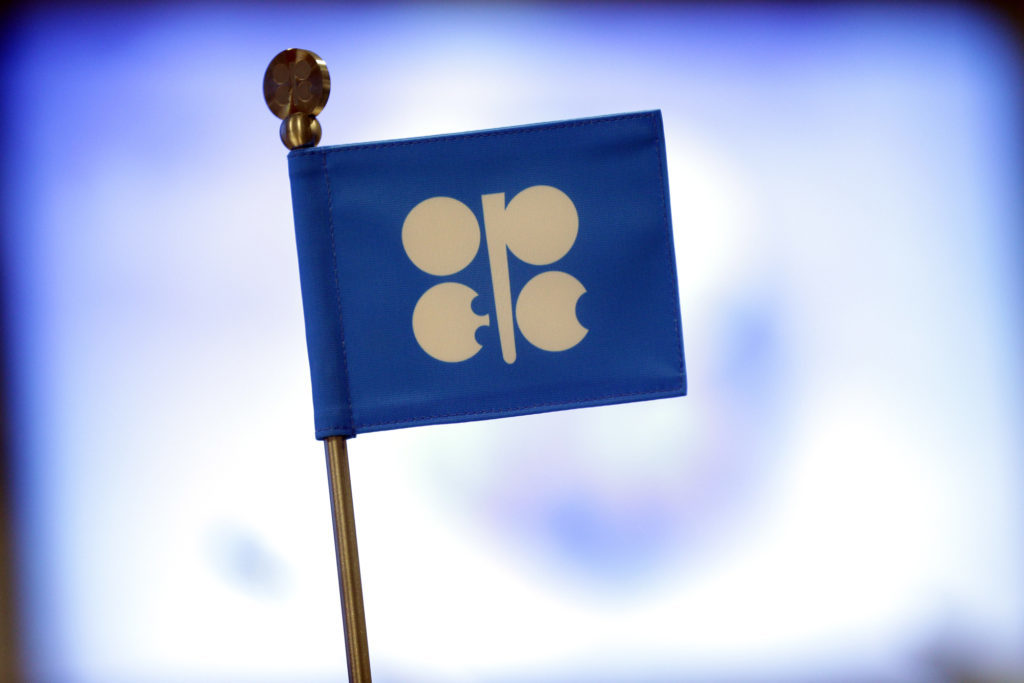
Oil was steady in Asia after OPEC said a planned coordinated release of reserves may swell a crude surplus expected early next year.
Futures in New York traded near $78 a barrel after closing little changed on Wednesday. The projection was made by the group’s advisory body — the Economic Commission Board — ahead of an OPEC+ meeting next week. Some of the cartel’s delegates warned this week that releasing strategic reserves may lead to the alliance holding back crude supply in January.
The International Energy Agency, meanwhile, accused Saudi Arabia, Russia and other major energy producers of creating “artificial tightness” in global oil and gas markets, urging OPEC+ to accelerate the return of supplies.
Crude had fallen over the past month as President Joe Biden agitated for a response to rising energy prices, but the landmark plan announced Tuesday fell short of expectations and saw prices rise. Attention is now turning to how OPEC+ will respond to the move by the US and other major consumers.
The OPEC advisory body predicted that the excess in markets would expand by 1.1 million barrels a day in January and February to 2.3 million and 3.7 million a day, respectively, if 66 million barrels are injected by major consumers over the two-month period, according to a document obtained by Bloomberg.
Prices
West Texas Intermediate for January rose 0.2% to $78.58 a barrel at 9:13 a.m. Singapore time.
Brent for January settlement gained 0.3%% to $82.50 on the ICE Futures Europe exchange after dipping 0.1% on Wednesday.
The prompt timespread for Brent was $1.19 in backwardation, compared with 88 cents a week earlier.
US crude stockpiles, meanwhile, rose by 1 million barrels last week, the fourth weekly increase in five, according to data from the Energy Information Administration on Wednesday. Inventories at the key storage hub of Cushing, Oklahoma, expanded for a second week.
Recommended for you
